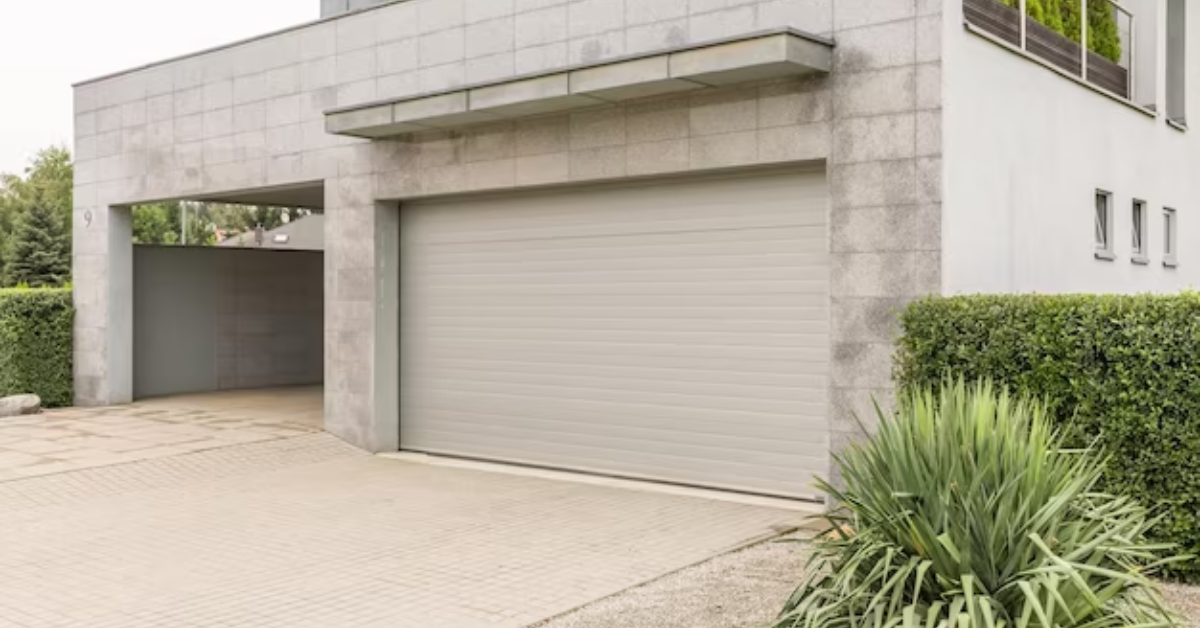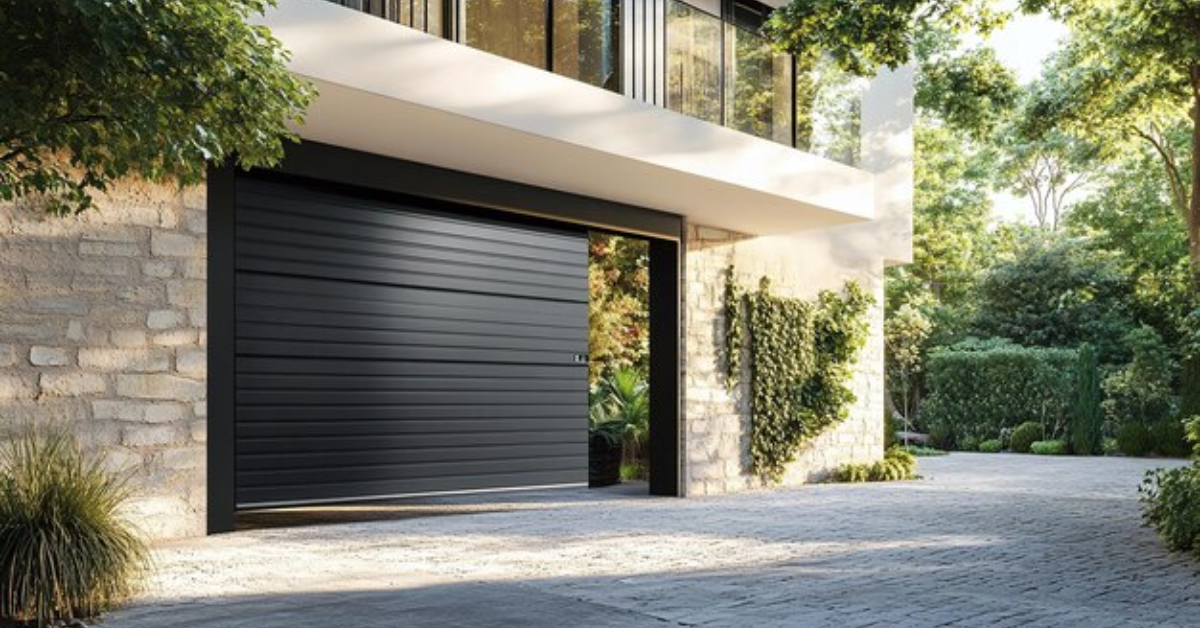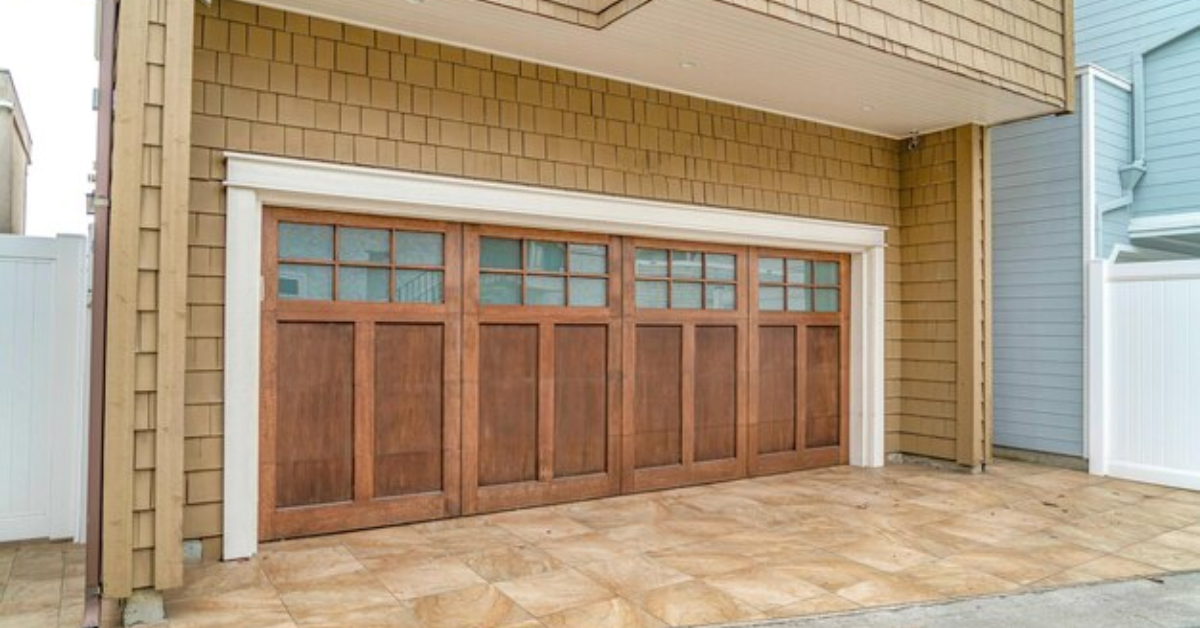Are Faulty Garage Door Sensors Putting Your Home at Risk?
Garage door sensors stand as vigilant guardians, serving as integral components in ensuring the safety and security of our homes. As sentinels of modern technology, these sensors play a pivotal role in monitoring and regulating the movement of garage doors, acting as crucial safety measures. Our homes are protected by them both physically and emotionally due to their importance and functionality.
Garage door safety sensors are not mere accessories but indispensable safety features. They serve as a barrier against potential accidents, preventing the door from closing when an obstruction is detected. These sensors act as a first line of defense, particularly crucial in homes with children, pets, or frequent pedestrian traffic near the garage area. Their presence significantly reduces the risk of entrapment or collision accidents, highlighting their pivotal role in ensuring a safe living environment.
Overview of Sensor Functionality
Taking a closer look at how these sensors work reveals their intricate yet highly efficient mechanisms. Typically, garage door sensors work in tandem, employing infrared beams or other detection methods to detect obstacles in the door's path. When an obstruction interrupts this beam, the sensors trigger a response, halting the door's movement or reversing its course, ensuring no harm occurs. This overview emphasizes the sensors' ability to detect even minor disruptions, showcasing their precision in averting potential dangers. Understanding this functionality underscores their critical role in preventing accidents and protecting the home and its occupants from harm.
Signs of Faulty Garage Door Sensors
Failure to Respond to Obstacles
Faulty garage door sensors often manifest through their inability to detect obstacles or obstructions in the door's path. When functioning correctly, these sensors immediately halt the door's movement upon detecting any hindrance. However, a sensor failure might result in the door continuing its operation despite an obstruction, posing a significant risk of accidents or property damage. This failure to respond adequately to obstacles indicates a critical issue with the sensors that requires immediate attention and troubleshooting.
Inconsistent Door Movement
Another sign of faulty garage door sensors is erratic or inconsistent door movement. Functional sensors ensure smooth and consistent door operation, opening and closing seamlessly without abrupt stops or irregularities. When sensors are faulty, the door might exhibit erratic behavior, such as suddenly stopping midway through its operation or reversing without cause. Such inconsistent movement patterns signify potential sensor malfunction, warranting a thorough inspection and potential repair or replacement of the sensors.
Persistent Sensor Alerts
Faulty sensors might trigger persistent alerts or warnings, indicating a problem in their functionality. These alerts can manifest as continuous flashing lights on the sensor units or audible alarms signaling an issue. Even after attempting to troubleshoot or reset the sensors, if these alerts persist, it suggests an underlying problem that needs immediate attention. Ignoring persistent sensor alerts can compromise the safety and functionality of the garage door system, necessitating prompt investigation and resolution.
Recognizing these signs of faulty garage door sensors is crucial for homeowners to address potential issues promptly. Any indication of sensor malfunction, whether through failure to respond to obstacles, inconsistent door movement, or persistent sensor alerts, should prompt homeowners to seek professional assistance to rectify the problem. Timely maintenance and repair of garage door sensors ensure the continued safety and smooth operation of the garage door system, mitigating the risks associated with faulty sensors.
Risks Associated with Faulty Sensors
Increased Risk of Accidents: Faulty garage door sensors pose a heightened risk of accidents within the home environment. These sensors serve as crucial safety mechanisms, designed to prevent the door from closing on objects, vehicles, or individuals in its path. When sensors malfunction or fail to detect obstructions, the risk of accidents significantly increases. This could lead to situations where the door unexpectedly closes on a person, pet, or valuable property, potentially causing injuries, entrapment, or damage. The absence of properly functioning sensors elevates the risk of accidents, especially in households with children, pets, or high foot traffic around the garage area.
Compromised Security:
Garage doors equipped with sensors serve not only as an access point but also as a security feature for the home. Faulty sensors compromise the door's ability to detect unauthorized entry attempts or tampering. Intruders might exploit this vulnerability, gaining unauthorized access to the property by bypassing or manipulating the malfunctioning sensors. Additionally, malfunctioning sensors that do not respond to forced entry attempts might fail to trigger alarm systems or alerts, compromising the overall security of the home and its inhabitants.
Potential Property Damage:
The malfunction of garage door sensors can also result in potential property damage. When sensors fail to detect obstructions, the door may close onto vehicles, bicycles, or other valuable items stored within the garage, causing substantial damage. Additionally, if the door unexpectedly closes due to sensor malfunction while a vehicle is entering or exiting, it can lead to collisions, damaging the vehicle and potentially causing structural damage to the garage or the door itself. Such incidents not only incur repair costs but also disrupt daily routines and pose safety risks.
Taking proactive measures requires homeowners to understand the risks associated with faulty garage door sensors. Addressing sensor issues promptly through professional inspection, repair, or replacement helps mitigate these risks, ensuring the safety, security, and protection of both individuals and property within the home environment. Regular maintenance and vigilance regarding sensor functionality contribute significantly to minimizing the potential hazards linked to malfunctioning garage door sensors.
Understanding Garage Door Sensor Issues
Garage door sensor malfunctions can stem from various underlying causes that hinder their proper operation:
Misalignment:
Sensors need precise alignment to function correctly. Any displacement or misalignment of the sensors can disrupt their ability to detect obstacles accurately.
Dirt and Debris:
Accumulation of dirt, dust, or debris on the sensor lenses can obstruct the infrared beams, interfering with their functionality.
Wiring Issues: Faulty or damaged wiring connections between the sensors and the control unit can lead to signal interruptions, causing sensor malfunctions.
Physical Damage:
Damage to the sensors due to accidental impact, exposure to harsh weather conditions, or wear and tear can impair their functionality.
Electrical Problems: Power supply issues, voltage fluctuations, or electrical circuit problems can affect the sensors' performance, leading to malfunctions.
Impact of Environmental Factors
Environmental conditions play a significant role in the performance of garage door sensors:
- Direct sunlight hitting the sensor lenses can disrupt the infrared beams, causing false readings or triggering sensor malfunctions.
- Severe temperature fluctuations, especially in regions with extreme climates, can affect the sensors' sensitivity and functionality.
- Exposure to moisture, rain, or condensation can corrode sensor components or cause electrical issues, impacting their performance.
- Dust buildup or the presence of insects near the sensors can obstruct the sensor lenses or interfere with the infrared beams, leading to malfunctions.
Garage door sensor issues can be caused by a variety of factors, including common causes and environmental factors. Regular inspection, maintenance, and addressing these potential issues promptly can help prevent sensor malfunctions, ensuring the continued proper functioning of the garage door safety sensors. Also, taking preventive measures such as cleaning sensor lenses, maintaining proper alignment, and protecting sensors from environmental elements can mitigate the risk of sensor malfunctions.
Testing and Troubleshooting Sensors
Testing garage door sensors involves a systematic approach to ensure their proper functionality:
- Start by visually examining the sensors. Check for any visible damage, misalignment, or dirt obstructing the sensor lenses. Clean the lenses if necessary.
- Ensure the sensors are receiving power. Check the power source and confirm that the sensors are properly connected and receiving electricity.
- Verify that the sensors are properly aligned. Use a level to ensure they are at the same height and aligned facing each other.
- Place an object, such as a box or a small item, between the sensors while the door is closing. The door should stop or reverse its movement immediately upon detecting the obstruction.
- Test the door's manual override feature to check if it can be closed by bypassing the sensors. This helps ensure that the sensors are not the only safety mechanism in place.
Troubleshooting Common Sensor Problems
Troubleshooting garage door sensor issues involves identifying and resolving common problems:
- Clean the sensor lenses thoroughly to remove dirt, debris, or any obstructions that might interfere with their functionality.
- Adjust the sensors to ensure they are correctly aligned. Use a level to make sure they are at the same height and facing each other directly.
- Make sure no wires are loose, damaged, or corroded. Repair or replace damaged wiring as needed.
- Address environmental factors by installing shields or covers to protect the sensors from direct sunlight, moisture, or debris.
- Some garage door openers have reset or realignment features. Consult the manufacturer's manual to perform a reset or realignment if available.
By following these step-by-step testing procedures and troubleshooting common sensor problems, homeowners can identify, address, and potentially resolve issues affecting the functionality of garage door sensors. Regular testing and maintenance help ensure the proper operation of sensors, enhancing the safety and reliability of the garage door system. If troubleshooting efforts do not resolve the issues, seeking professional assistance from a qualified technician is recommended to address more complex sensor problems.
Importance of Prompt Sensor Maintenance and Repair
Regular sensor inspections and prompt maintenance stand as crucial elements in ensuring the reliability and safety of garage door sensors. These inspections serve as preventive measures, enabling homeowners to detect and address potential issues early on. Through routine checks for cleanliness, proper alignment, and signs of wear or damage, homeowners can maintain the optimal functionality of sensors. These inspections not only minimize the risk of sensor malfunctions but also contribute to a safer environment by reducing the likelihood of accidents or damage caused by faulty sensors.
However, when issues arise beyond the scope of basic inspections, seeking professional help becomes imperative. Professional technicians bring specialized expertise to diagnose, repair, or replace sensors effectively. Their in-depth knowledge allows for comprehensive diagnostics, identifying underlying problems that might not be apparent during routine inspections. Furthermore, professional assistance ensures that repairs or replacements are conducted following industry standards, ensuring the reliability and safety of the sensors. This collaborative approach between regular inspections and professional expertise guarantees the optimal performance and longevity of garage door sensors, ensuring the continued safety and security of the home environment.
Ensuring Home Safety with Proper Sensor Functionality
Ensuring the proper functionality of garage door sensors is fundamental in upholding home safety and security. These sensors play a pivotal role in safeguarding the household by preventing accidents and unauthorized access, making their functionality indispensable for overall home security.
Functional garage door sensors are the first line of defense in securing the home. They act as a barrier against accidents, preventing the door from closing on people, pets, or objects in its path. Beyond accidents, these sensors are integral to home security, thwarting unauthorized entry attempts. Functional sensors detect any obstruction, triggering the door to halt its movement, preventing potential intruders from gaining access. Their proper functionality offers peace of mind, ensuring a safe and secure environment for homeowners and their families.
Tips for Maintaining Garage Door Sensors
Maintaining garage door sensors is essential for their optimal functionality and longevity:
- Keep sensor lenses clean from dirt, dust, or debris that could obstruct their view. Use a soft, dry cloth to wipe the lenses periodically.
- Ensure sensors are correctly aligned. Use a level to confirm they are at the same height and facing each other directly.
- Regularly check for and remove any obstructions in the sensor's path, such as tools, boxes, or debris, to prevent interference with their operation.
- Install shields or covers to protect sensors from direct sunlight, rain, or moisture, which can affect their performance.
- Conduct periodic inspections to assess sensor functionality, wiring integrity, and any signs of wear or damage. Address issues promptly to maintain optimal performance.
By implementing these maintenance practices, homeowners ensure the reliability and effectiveness of garage door sensors. This proactive approach not only enhances home safety by preventing accidents but also reinforces the security of the household by maintaining the sensors' ability to detect and deter unauthorized access attempts. Regular maintenance and care contribute significantly to the seamless functionality of garage door sensors, ultimately ensuring a safer and more secure home environment.
Conclusion
The significance of garage door sensors in ensuring home safety and security cannot be overstated. These sensors serve as vital safeguards, mitigating risks of accidents and unauthorized access, thereby fortifying the protection of households. Understanding the risks associated with faulty sensors, including increased accident potential and compromised security, underscores the urgency of promptly addressing any sensor issues. Urging homeowners to prioritize regular maintenance, inspections, and immediate resolution of sensor problems is paramount. By acknowledging the importance of functional sensors and advocating for swift action regarding faulty ones, homeowners can maintain a safe, secure environment, fostering peace of mind and well-being within their homes.




